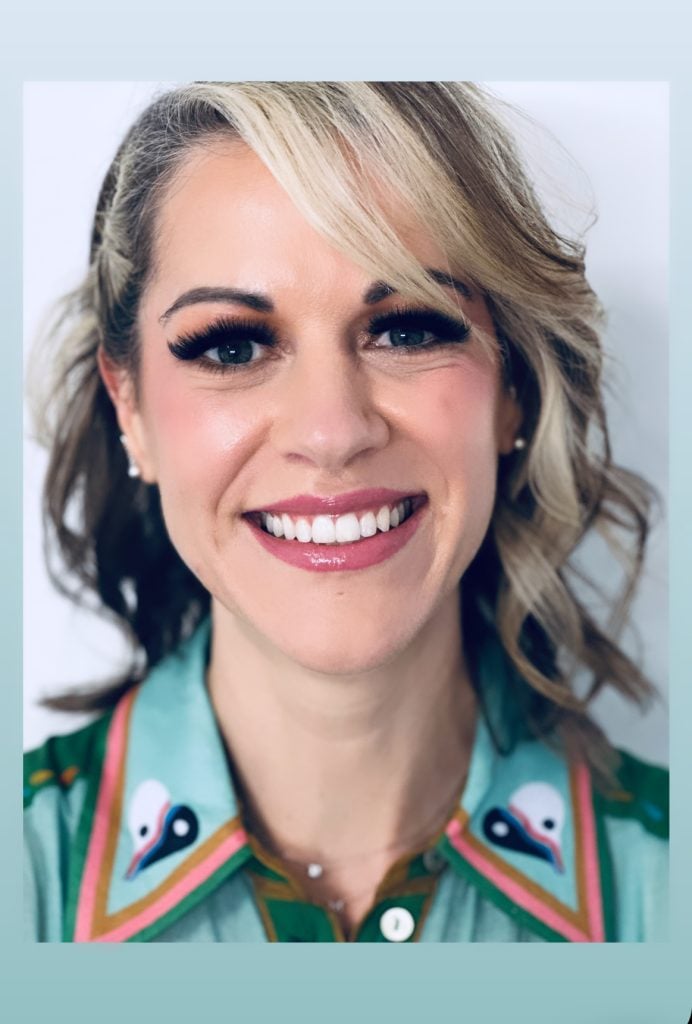Don’t believe Good Morning America – it’s easier to spot contract cheating than you might think
9 April 2019
In the wake of the college admissions scandal, Good Morning America did an experiment: can college admissions professionals spot a contract cheated admissions essay?
{{CODE-GMA-8-4-19}}
I’ll let them explain their experimental design and results:
We gave a panel of four former admissions officers and directors five essays to read: the one we bought and four others from real students who successfully applied to colleges, including an Ivy League school.
Could the panelists spot the fraud? As it turns out, none of them chose the fraud essay.
That’s a 0% detection rate, and what could be considered a 100% false positive rate – not a good result!
But our research at CRADLE into detection rates for contract cheating tells a different story. CRADLE Fellow Wendy Sutherland-Smith and I have published two studies so far where we have given markers a bundle of assignments including some contract cheated ones and asked them to tell us which ones they thought were contract cheated. This is a similar design to the Good Morning America study – except that we used more markers, more assignments, and more sophisticated statistics.
In our first study we gave seven experienced psychology markers a bundle of 20 assignments each, including six contract cheated assignments. Overall they spotted contract cheating 62% of the time, and their false positive rate was only 4%. In our second study we gave a total of 15 markers from psychology, nutrition, marketing and biology, 20 assignments from their discipline. They spotted contract cheating 58% of the time, with a false positive rate of 17%.
This is a much better result than GMA – and it gets better. In our second study we offered a training workshop to the markers after they did their first lot of marking. After completing our three-hour training workshop and repeating the same marking task with new assignments, the markers spotted contract cheating 82% of the time, with a 13% false positive rate. If you do the maths, that’s 740 times we’ve asked someone to decide if they are looking at contract cheating – compared with 20 times for Good Morning America.
The table below compares our results to GMA’s.
[googleapps domain=”docs” dir=”spreadsheets/d/e/2PACX-1vSJGuMLcL8IdxFzabMz9y6bMODBRUW1pzgGJZTNnsd4tgoxeFPkqkmo3UcH_iVK9NjhMqnO7iC8EPFr/pubchart” query=”oid=783414182&format=interactive” width=”600″ height=”371″ /]
So don’t believe the hype: it’s possible to spot contract cheating. Even when we didn’t give our markers any tips or training, they were able to spot contract cheating most of the time.
There is one thing we can agree with GMA on, though: contract cheating assignments aren’t that great. The quality of their contract cheated essay was very low, and the overall quality of the contract cheated work we have purchased is very low as well. The title of Wendy Sutherland-Smith and Kevin Dullaghan’s recent paper summarises this finding best: “You don’t always get what you pay for: User experiences of engaging with contract cheating sites”.












